The information is to include the specific chemical identity, production volume, methods of manufacture and processing, exposure and release information, and existing information concerning environmental and health effects, "insofar as known to or reasonably ascertainable by the person making the report," it states.
The grant was received as part of the American Society Association Executives Foundation’s Innovative Grant Program.
Dr. Ajit Jillavenkatesa, Ph.D., of NIST has been approved as chair of the U.S. Technical Advisory Group to the International Organization for Standardization Technical Committee 229, Nanotechnologies. ISO TC 229 has five working groups, including health, safety, and environment (WG 3).
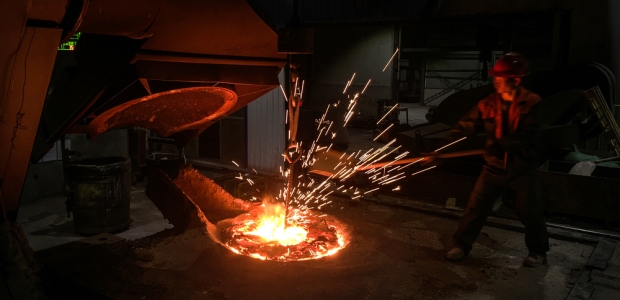
The rule will cut the eight-hour PEL from the current level of 2.0 micrograms per cubic meter to 0.2 micrograms per cubic meter. Above 0.2, employers woiuld have to take steps to reduce the airborne concentration of beryllium, and the rule requires additional protections that include personal protective equipment, medical exams, other medical surveillance, and training.
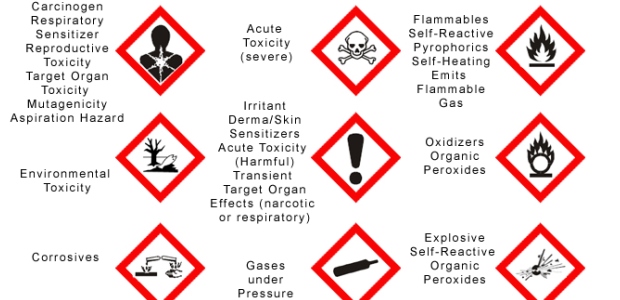
Employees are to be trained when they are initially assigned to work with a hazardous chemical. Additional training is to be done whenever a new health or physical hazard is introduced into the work area.
The European Union Observatory for Nanomaterials (EU-ON) will be developed in three phases, with phase one set to go live in summer 2017.

OH&S congratulated winners of the eighth annual contest during the 2016 National Safety Congress & Expo.

Two 2016 OSHA enforcement cases are object lessons in the importance of using the latest gas monitoring technology to protect workers.
"AIHF donors have been very generous in the past and my personal goal, as a member of the Board of Trustees, is to assure we continue to secure contributions, fulfill the expectation of our donors, and create the greatest positive impact possible in our profession," said Henshaw, a former AIHA president and OSHA assistant secretary.
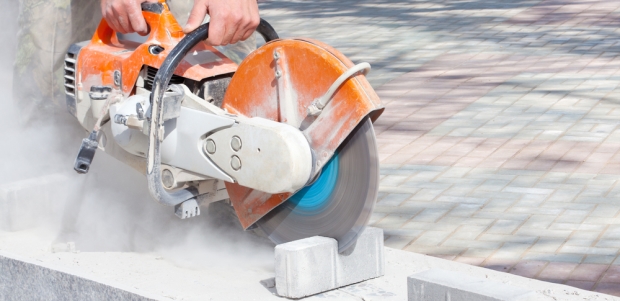
In putting together the guide, the working group considered the practices of hundreds of inspectors from the 28 member states of the European Union. The first release is in English and it will be translated to all official languages in the EU.
It was created from a desire to align AIHA's resources and development opportunities with the various career stages of the profession.
"We know these flavoring compounds can pose a great risk for workers who may be exposed on the job, causing serious and irreversible damage to their lungs," said NIOSH Director Dr. John Howard, M.D., MPH.

While 80 percent of cases were classified as low severity, 18 percent were moderate severity, and 1 percent were high severity. Two workers died.
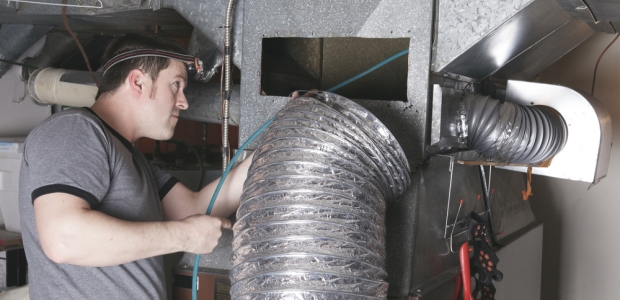
OSHA suggests that a proactive approach be taken to address IAQ concerns. Failure to respond expeditiously and effectively to IAQ concerns can quickly lead to more numerous or serious adverse health issues.
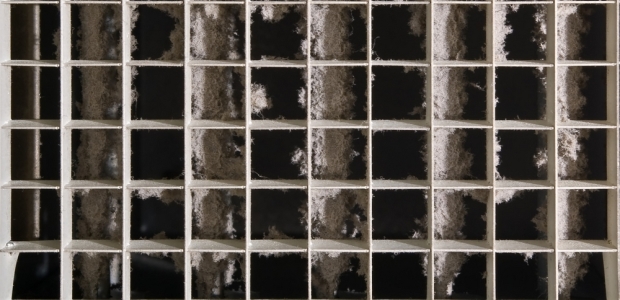
Telltale clues include increased absenteeism, a large number of occupants complaining about vague but similar symptoms, and a common history of symptom resolution when people are not in the building.

Get ready for 2016's biggest U.S. safety show by viewing dozens of the new products exhibitors will be displaying.
The trustee would help shape the future for students in the IH profession.
Twenty-two companies, including four multiple winners, won in the magazine's eighth annual New Product of the Year contest. Winners will receive their trophies at the 2016 National Safety Congress & Expo in Anaheim.
The deadline to submit a proposal to present at the June 4-7 conference in Seattle is Sept. 14, so get moving if you're interested.
The REACH regime used in the European Union is creating a strong push for end users to substitute less-hazardous chemicals, according to a study conducted by Joel Tickner and Molly Jacobs from the University of Massachusetts Lowell Centre for Sustainable Production.